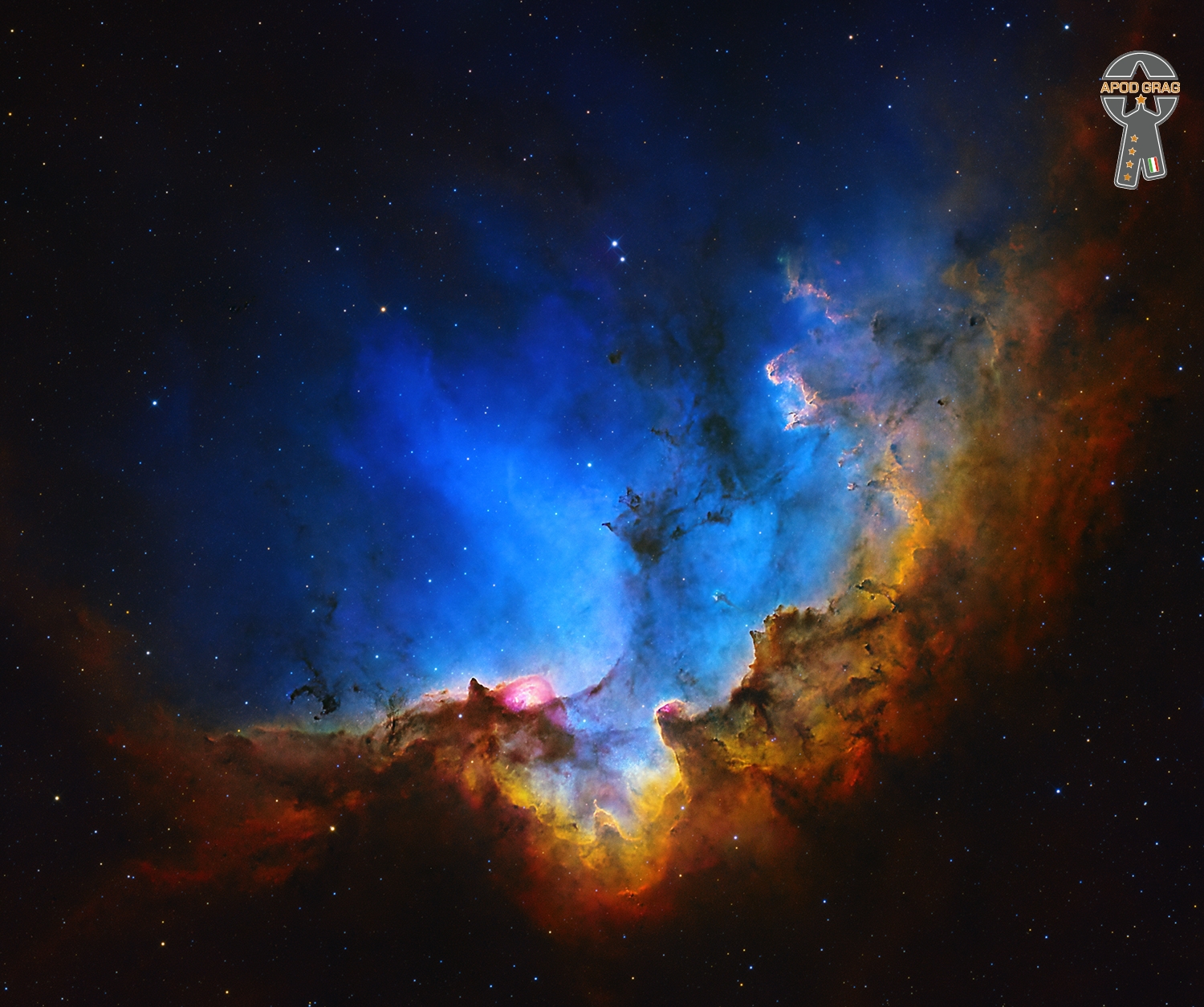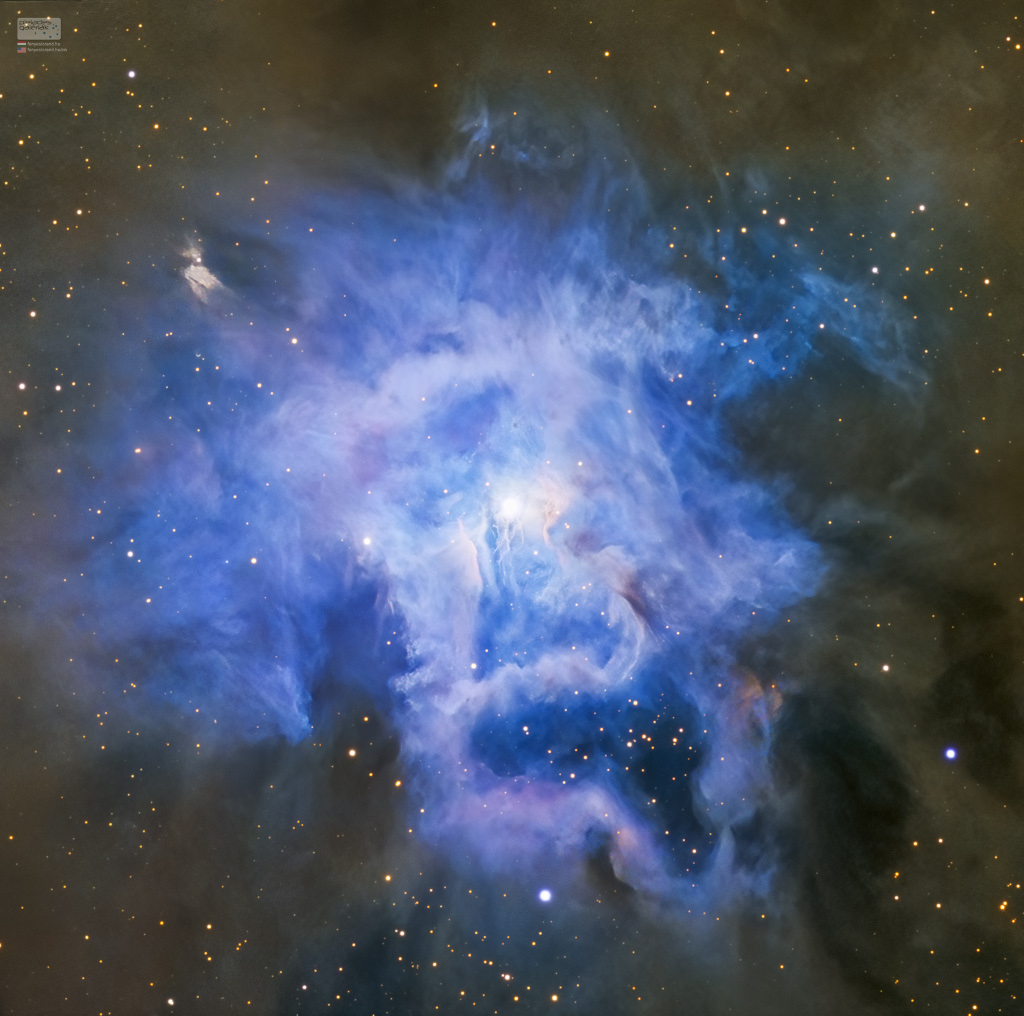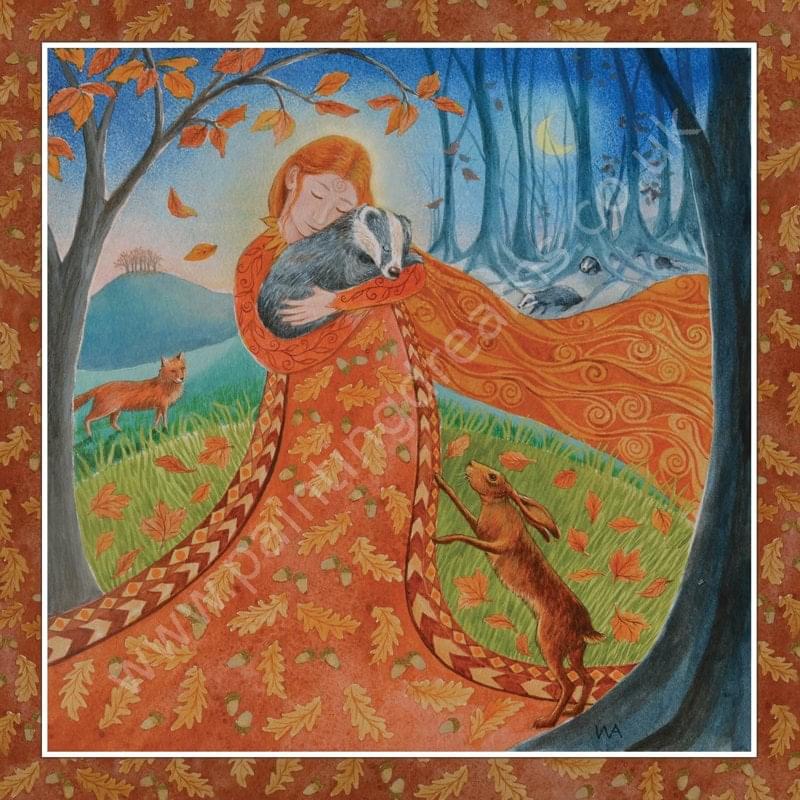Blog
NGC 7380 is a young open clusterof stars in the northern circumpolar constellation of Cepheus, discovered by Caroline Herschel in 1787. The surrounding emission nebulosity is known colloquially as the Wizard Nebula, which spans an angle of 25′. German-born astronomer William Herschel included his sister’s discovery in his catalog, and labelled it H VIII.77. The nebula is known as S 142 in the 1959 Sharpless catalog (Sh2-142). It is extremely difficult to observe visually, usually requiring very dark skies and an O-III filter. The NGC 7380 complex is located at a distance of approximately 8.5 kilolight-years from the Sun, in the Perseus Arm of the Milky Way. 
Mohammad-Reza Shajarian (Persian: محمدرضا شجريان; Persian pronunciation:[mohæmːæd ɾeˈzɒː ʃædʒæɾiˈɒːn], 23 September 1940 – 8 October 2020) was an Iranian singer and master(Ostad) of Persian traditional music. He was also known for his skills in Persian calligraphy and humanitarian activities.Shajarian started his singing career in 1959 at Radio Khorasan, rising to prominence in the 1960s with his distinct singing style. His main teachers were Ahmad Ebadi, Esmaeil Mehrtash, Abdollah Davami, and Nour-Ali Boroumand. He also learned the vocal styles of singers from previous generations, including Reza Gholi Mirza Zelli, Fariborz Manouchehri, Ghamar Molouk Vaziri, Eghbal Azar, and Taj Isfahani. He has cited legendary Persian tar soloist Jalil Shahnaz as highly influential to his development, indicating that he has often tried to mimic Shahnaz’s playing style in his singing.
more...Leslie Coleman McCann (born September 23, 1935 Lexington, KY) is an American jazz pianist and vocalist.
more...Ray Charles Robinson Sr. (September 23, 1930 – June 10, 2004 Albany, GA) was an American singer, songwriter and pianist. He is regarded as one of the most iconic and influential singers in history, and was often referred to by contemporaries as “The Genius”. Among friends and fellow musicians he preferred being called “Brother Ray”.Charles was blinded during childhood, possibly due to glaucoma. Charles pioneered the soul musicgenre during the 1950s by combining blues, jazz, rhythm and blues, and gospel styles into the music he recorded for Atlantic Records. He contributed to the integration of country music, rhythm and blues, and pop music during the 1960s with his crossover success on ABC Records, notably with his two Modern Soundsalbums. While he was with ABC, Charles became one of the first black musicians to be granted artistic control by a mainstream record company.
more...John William Coltrane (September 23, 1926 – July 17, 1967 Hamlet, NC) was an American jazz saxophonist, bandleader and composer. He is among the most influential and acclaimed figures in the history of jazz and 20th-century music. Coltrane’s spiritual journey was interwoven with his investigation of world music. He believed in not only a universal musical structure that transcended ethnic distinctions, but also being able to harness the mystical language of music itself. His study of Indian music led him to believe that certain sounds and scales could “produce specific emotional meanings.” According to Coltrane, the goal of a musician was to understand these forces, control them, and elicit a response from the audience. He said, “I would like to bring to people something like happiness. I would like to discover a method so that if I want it to rain, it will start right away to rain. If one of my friends is ill, I’d like to play a certain song and he will be cured; when he’d be broke, I’d bring out a different song and immediately he’d receive all the money he needed.”
more...https://youtu.be/PtsUm1HVkoI?si=Iv0QKDuQM-oHVFZU
more...Beautiful view of South America from new images from the International Space Station ISS 
William Overton Smith (September 22, 1926 – February 29, 2020 Sacramento, CA was an American clarinetist and composer. He worked extensively in modern classical music, third stream and jazz, and was perhaps best known for having played with pianist Dave Brubeck intermittently from the 1940s to the early 2000s. Smith frequently recorded jazz under the name Bill Smith, but his classical compositions are credited under the name William O. Smith.
more...more...
Chief Sunday Adeniyi Adegeye MFR(born 22 September 1946), known professionally as King Sunny Adé, is a Nigerian jùjú singer, songwriter and multi-instrumentalist. He is regarded as one of the first African popmusicians to gain international success, and has been called one of the most influential musicians of all time.
more...Oliver “Tuku” Mtukudzi (22 September 1952 – 23 January 2019) was a Zimbabwean musician, businessman, philanthropist, human rights activist and UNICEF Goodwill Ambassador for Southern Africa Region.
The core of the Tangos is the letra, three or four octosyllabic lines. As with the Bulerías, the the first line is often repeated, and the repeated lines are balanced by a longer consequent phrase. Before a letra a Tangos may open with a guitar falseta or an estribillo, in which the singer sings a traditional melody with nonsense syllables (“le le le, ni, ni, etc.). The estribillo may return throughout the piece as a chorus after a letra. Once the letra begins it can be broken up several times with remates performed by the dancer. This usually occurs between the first and second line of the letra, and often occurs more frequently, giving the dance a improvisatory air. Thus, the letras themselves can be further broken up with remates or escobillas from the dancer or with guitar falsetas. A dancer may also choose to perform a long footwork passage accompanied by compás patterns from the guitarist and palmista (an escobilla performed “a palo seco” or dry, without guitar accompaniment). As in Bulerías, Tangos can end with a cierre – a closing pattern – that is based on a different set of chords than the letras. The dancer can also perform a cue (llamada) that leads into a traveling exit – a salida. It’s also common to end certain forms in flamenco with a macho, a transition into a faster, related form. Tangos wiil often end with a brief Rumba Flamenca. Similarly, Tientos will often end with a brief Tangos.
more...These cosmic clouds have blossomed 1,300 light-years away in the fertile starfields of theconstellation Cepheus. Called the Iris Nebula, NGC 7023 is not the only nebula to evoke the imagery of flowers. Still, this deep telescopic image shows off the Iris Nebula’s range of colors and symmetries embedded in surrounding fields of interstellar dust. Within the Iris itself, dusty nebular material surrounds a hot, young star. The dominant color of the brighter reflection nebula is blue, characteristic of dust grains reflecting starlight. Central filaments of the reflection nebula glow with a faint reddish photoluminescence as some dust grains effectively convert the star’s invisible ultraviolet radiation to visible red light. Infraredobservations indicate that this nebula contains complex carbon molecules known as PAHs. The dusty blue petals of the Iris Nebula span about six light-years. 
Henry Butler (September 21, 1948 – July 2, 2018) was an American jazzand blues pianist. He learned piano, drums, and saxophone in school. He received a college degree and graduate degree and taught at the New Orleans Center for Creative Arts. He worked as a soloist and in groups in Los Angeles and New York City. Despite his blindness, he spent time as a photographer and had his work exhibited in galleries.
more...more...Charles Thomas Potter (September 21, 1918 – March 1, 1988 Philadelphia, PA) wasan American jazz double bass player, best known for having been a member of Charlie Parker‘s “classic quintet”, with Miles Davis, between 1947 and 1950.
Leonard Norman Cohen CC GOQ(September 21, 1934 – November 7, 2016) was a Canadian singer-songwriter, poet, and novelist. Themes commonly explored throughout his work include faith and mortality, isolation and depression, betrayal and redemption, social and political conflict, and sexual and romantic love, desire, regret, and loss. He was inducted into the Canadian Music Hall of Fame, the Canadian Songwriters Hall of Fame, and the Rock and Roll Hall of Fame. He was invested as a Companion of the Order of Canada, the nation’s highest civilian honour. In 2011, he received one of the Prince of Asturias Awards for literature and the ninth Glenn Gould Prize.
more...More Posts
- P.F. Sloan
- Emily Remler
- Steve Marcus
- World Drumming Salsa Liverpool
- Daily Roots Rockers All Stars
- Cosmos M31
- Earl May
- Lalgudi Jayaaraman
- Jack McDuff
- Hank Williams
- World Music Nidia Góngora
- Daily Roots Doctor Pablo & Crytuff All Stars
- Cosmos M20
- Leopoldo F. Fleming
- Earl Klugh
- Charlie Byrd
- B. B. King
- World Music Tinariwen
- Daily Roots Scientist
- Cosmos LMC
